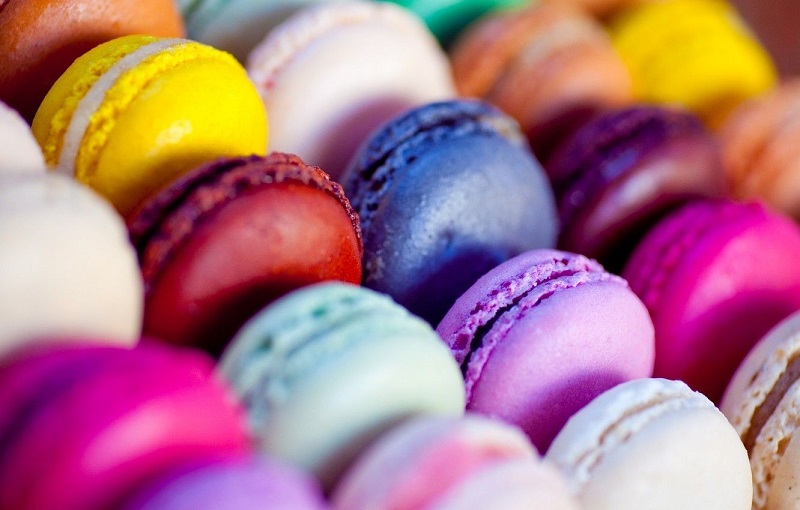Oct. 26, 2021
Carmine, amaranth red, temptation red, lemon yellow, sunset yellow, bright blue and β- carotene are commonly used in food processing pigments, most of these pigments have poor color stability, easy to fade shortcomings, it is difficult to meet the requirements of food production. The test proves that the color protector has a certain protective effect on the stability of pigments.

Sodium tripolyphosphate, sodium pyrophosphate, sodium hexametaphosphate, sodium citrate, phytic acid, sodium isoascorbate, calcium lactate and other color protectors have a more obvious color protection effect on most common pigments, such as carmine, amaranthine, temptation red, lemon yellow, sunset yellow, bright blue, β- carotene and other pigments.
The color protection effect of calcium lactate was not obvious; sodium isoascorbate had a negative effect on all pigments except β-carotene; EDTA-2Na had a negative effect on sunset yellow.
However, for sweet potato violet pigment, EDTA-2Na had the most significant effect on the color protection of sweet potato violet pigment compared with other color protectors, and the color development and stability of EDTA-2Na could be increased when it was synergized with Fe3+ at a mass concentration ratio of 0.5:1.
In addition, the color protection effect of the F-type color preservative was better for four natural pigments, including red currant red, beet red, β-carotene and gardenia yellow, and the optimal addition amount was 0.08%.
For the light stability of pigments by the single color protector, VC had the strongest color protection effect on red currant red and carmine red, and sodium iso-VC had the strongest color protection effect on carmine orange.
For the thermal stability of single colorants, β-carotene was the strongest color protector for red currant and carmine, and VC was the strongest color protector for carmine.
Previous: Application of Xanthan Gum in Food
Address
Add: Block 14, No.100, Luyun Road,Changsha 410205,China.
Follow Us
Copyright © Arshine Pharmaceutical Co., Limited All Rights Reserved | SITEMAP Technical Support: 



